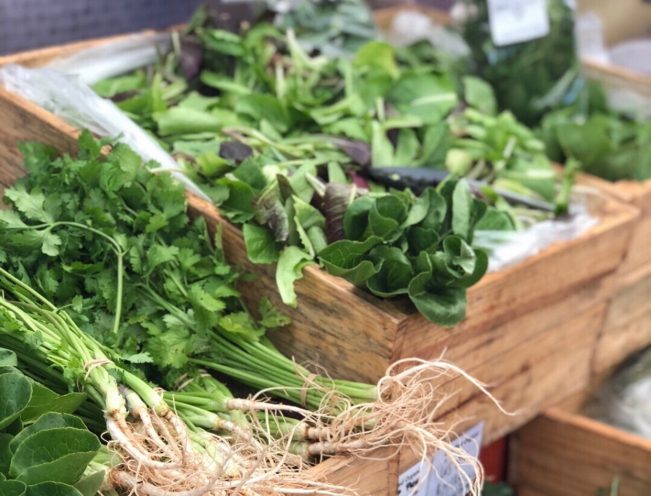
One of the most common food groups omitted from a patient’s food diary is that of leafy greens. Leafy greens are an incredible source of vitamins, minerals and antioxidants and in my opinion, out rank any of the pre-packaged superfoods on the market. Want to know why these should be added to your diet? And how?
LET’S TALK NUTRIENT INTAKE…
MAGNESIUM
Dark leafy green vegetables such as baby spinach, collard greens and kale are a great source of magnesium. Magnesium plays a key role in over 300 physiological processes in the human body, including the production of energy (via the Mg-ATP complex), regulation of cortisol (AKA our stress hormone) and female hormone balance. With only 30-50% of dietary magnesium being absorbed via the intestinal tract boosting your magnesium intake is essential.
CALCIUM
Calcium is required for a number of functions throughout the human body including, but not limited to bone mineralisation, muscle contraction and healthy arterial blood flow. Symptoms of low calcium include muscle weakness, muscle cramping, sensation of pins of needles, anxiety and/or dry skin however, some people can experience no symptoms at all. With so many of us avoiding dairy, ensuring we get adequate calcium intake is incredibly important, especially because low vitamin D status, hormone imbalance and lowered stomach acidity (of which I see regularly) will reduce calcium absorption. Kale, collard greens, spinach and broccoli are a great source of calcium. Eat your greens!
POTASSIUM
Potassium maintains the water balance within cells as well as playing a major role in nerve function, muscle contraction, kidney function and carbohydrate synthesis. In conjunction with other minerals and electrolytes, potassium preserves the acid–alkaline balance of the body. Signs of potassium deficiency can include muscle weakness, abdominal bloating, constipation and nausea. Leafy greens like that of cooked spinach, boc choy and swiss chard are great sources of potassium.
MANGANESE
Manganese is involved in the metabolism of amino acids (proteins), lipids (fats) and carbohydrates. Whilst there is no RDI set for manganese, a diet containing a range of leafy greens, organically grown in manganese-rich soil, should provide enough of this nutrient to meet an individual’s daily requirements. Worth noting, vegetarians consuming large quantities of soya products may be susceptible to manganese deficiency due to the high phytate levels of soya.
FOLATE
Folate is important for so many processes in the human body, in particular methylation, the making red blood cells as well as the synthesis and repair of DNA. Symptoms of folate deficiency can include depression, anxiety, insomnia, nausea, fatigue, headaches, anorexia, gastrointestinal disturbances, irritability and diarrhoea as well as microcytic anaemia, megaloblastic anaemia and elevated homocysteine. How do you boost your folate intake? Research suggests that a diet that is high in animal proteins and low in fresh vegetables and leafy greens is likely to contribute to folate deficiency. Eat your greens!
WHAT ARE LEAFY GREENS?
When I say leafy greens, many of us are quick to jump to spinach and rocket, but did you know there are a whole host of other leafy greens out there?
-
- Lettuce
-
- Swiss Chard
-
- Mustard Greens
- Dandelion Greens
- Sweet Potato Leaves
-
- Beet Greens
-
- Collards
- Kale
- Boc Choy
- Cabbage
- French Sorrel
- Microgreens
-
- Parsley
- Coriander
HOW MUCH SHOULD YOU EAT?
I recommend my patients enjoy 1 x handful of leafy greens at each main meal OR at least 2 x per day. If salads aren’t your thing, you might like to consider the following:
- Blend – you can always add greens to your next green smoothie. Remember, avoid frozen foods and ice! I’ve listed one of my favourite green smoothie recipes here.
- Snack – roast some chopped kale in the oven to make some kale chips.
- Pesto – One of my favourite ways to incorporate left-over greens into a dish. You can find my greens pesto recipe here (basil) and here (winter greens).
- Saute – I love sauteed greens with garlic, diced onion, mushrooms and olive oil.
- Sauce – One of my favourite ways to use fresh herbs is to make a Chimchurri and add to roasted vegetables or steak.






0 Comments